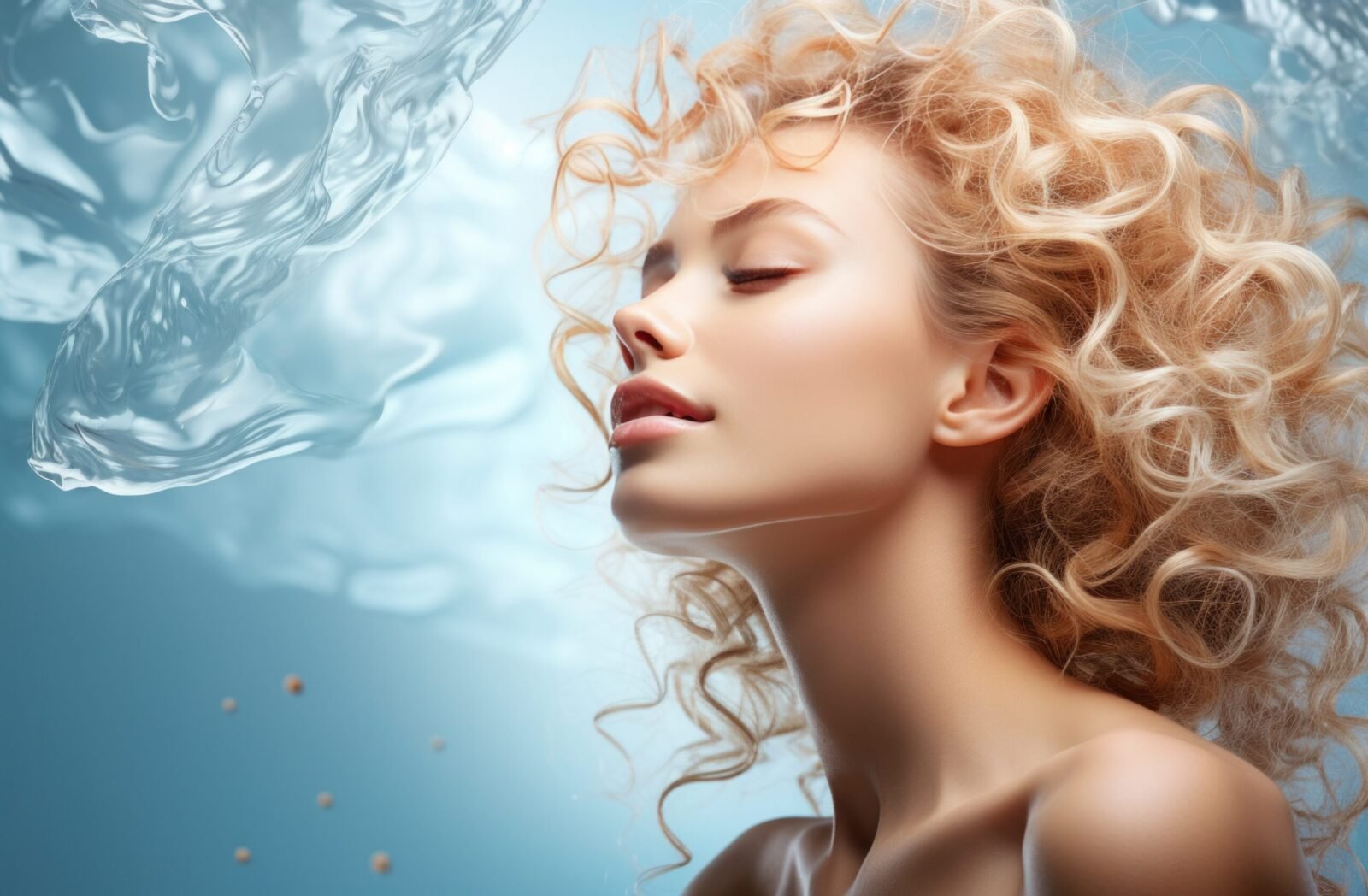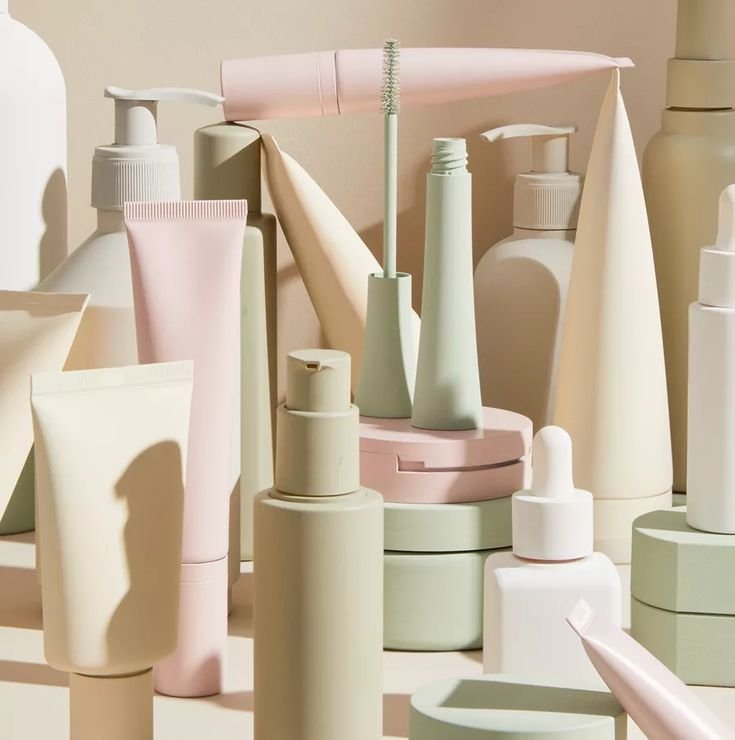Arbutin and Hyaluronic Acid: The Brightening and Hydration Duo
Dark spots, post-acne marks, and sun damage are some of the most stubborn skin concerns. They require patience, the right skincare routine, and effective active ingredients. While hydroquinone and vitamin C have long been popular choices for hyperpigmentation, dermatologists are increasingly recommending arbutin. Moreover, when paired with hyaluronic acid, the result is brighter, smoother, and deeply hydrated skin.
What Is Arbutin?
Arbutin is a naturally derived compound found in bearberry, cranberry, and mulberry plants. It works by inhibiting tyrosinase, the enzyme responsible for melanin production. As a result, less melanin means fewer dark spots, fewer sunspots, and a more even skin tone overall.
Arbutin is often used in serums, creams, and spot treatments. In addition, it pairs well with other brighteners such as vitamin C, niacinamide, and kojic acid. Because it releases its active compound slowly, it is generally gentler on the skin than hydroquinone. Therefore, it is a preferred option for people seeking safe, steady improvements.
Research confirms its effectiveness: A review outlines arbutin as a safer alternative to hydroquinone in cosmetic brightening, showing improvement in mottled pigmentation and fewer adverse effects (PubMed 35484713). Laboratory studies highlight its antioxidant and photoprotective activity, useful for preventing new discoloration caused by oxidative stress (PubMed 29677570). Clinical trials also report visible improvements in hyperpigmentation with daily use over 8–12 weeks (PubMed 34251085).
What Is Hyaluronic Acid?
Hyaluronic acid (HA) is a naturally occurring sugar in the skin that can hold up to 1,000 times its weight in water. Consequently, it keeps skin plump, hydrated, and resilient. However, with age, HA levels decline, which leads to dryness and loss of elasticity.
When used in skincare, hyaluronic acid draws water into the skin and locks it in. This makes it an excellent humectant for serums and moisturizers. Clinical studies confirm that HA reduces wrinkle depth, improves skin firmness, and supports wound healing. Moreover, it enhances comfort in sensitive and dehydrated skin types.
Benefits of Arbutin and Hyaluronic Acid Together
- Brightens and evens skin tone: Arbutin reduces dark spots and post-acne marks, while HA boosts hydration for a fresh glow. In combination, tone appears more uniform and luminous.
- Gentle on sensitive skin: Unlike harsher brighteners, arbutin works gradually with minimal irritation. Meanwhile, HA soothes redness and enhances comfort.
- Hydration boost: Hyaluronic acid improves the absorption of arbutin, ensuring deeper penetration and better results. Consequently, both efficacy and tolerance improve.
- Sun protection support: Arbutin helps limit UV-induced pigmentation, while HA reduces oxidative stress caused by sun exposure. As a result, skin remains more resilient against daily damage.
- Scar and wrinkle reduction: Arbutin fades acne scars, while HA plumps fine lines and speeds skin recovery. Moreover, the duo promotes smoother texture over time.
How to Use Arbutin and Hyaluronic Acid in Your Routine
- Cleanse your face thoroughly (AM and PM).
- Apply hyaluronic acid serum first — it helps prepare the skin to absorb actives.
- Layer arbutin serum or cream on top, focusing on areas with hyperpigmentation.
- Moisturize to lock in hydration.
- Always finish with sunscreen (SPF 30+) during the day. In fact, this step is essential because arbutin reduces melanin protection, making skin more sun-sensitive.
Both ingredients can be used twice daily. However, always patch test new products, especially if you have sensitive skin. Finally, introduce them gradually if your routine already includes multiple actives. Above all, consistency will determine visible results.
Safety Profile
- Arbutin: Considered safer than hydroquinone, with very low irritation potential. Rarely, mild redness or itching may occur. In most cases, it remains well tolerated.
- Hyaluronic Acid: Naturally present in the body, safe for all skin types, and even used in medical procedures like eye surgeries. Therefore, it is one of the most trusted humectants in dermatology.
Together, they are well-tolerated and suitable for most skin concerns, ranging from dryness to pigmentation. Moreover, their complementary actions make them versatile for both prevention and correction.
Key Takeaway
If you want to brighten dark spots while keeping your skin hydrated and plump, arbutin and hyaluronic acid are a proven power duo. Arbutin gently fades discoloration, while HA locks in moisture and enhances delivery. Therefore, this combination offers a safer alternative to hydroquinone and helps achieve radiant, healthy skin. Above all, consistency and sunscreen use remain critical for visible results.
Where to Find High-Quality Kojic Acid and Alpha Arbutin
If you are looking for high-purity, lab-tested brightening actives, explore our selection at Grand Ingredients Product . We specialize in next-generation, plant-based and biotech cosmetic actives, focusing on stability, performance, and clean-label innovation. Our portfolio is designed for chemists and formulators who want science-driven ingredients that deliver visible results while supporting modern claims of sustainability and safety.







